How Far Can Wireless Cameras Transmit ?
The transmission range of wireless cameras can vary depending on several factors such as the type of camera, the frequency it operates on, the presence of obstacles, and the quality of the wireless signal. In general, most wireless cameras have a range of around 100 to 500 feet. However, some advanced models with stronger transmitters and better signal quality can transmit up to a few thousand feet. It's important to note that the actual range achieved may be shorter in real-world scenarios due to interference from walls, buildings, or other wireless devices.
1、 Range limitations of wireless camera transmission technology
The range limitations of wireless camera transmission technology vary depending on several factors such as the type of wireless technology used, environmental conditions, and interference from other devices. Generally, wireless cameras can transmit video and audio signals up to a certain distance before the quality of the transmission starts to degrade.
The most common wireless technology used in cameras is Wi-Fi, which typically has a range of around 100 to 300 feet indoors and up to 1000 feet outdoors. However, this range can be affected by obstacles such as walls, furniture, and other electronic devices that can interfere with the signal. In open spaces with minimal interference, some high-end wireless cameras claim to have a range of up to 1000 feet or more.
It is important to note that these ranges are theoretical and can vary in real-world scenarios. Factors such as the quality of the camera's antenna, the power of the wireless transmitter, and the presence of interference from other Wi-Fi devices can all affect the actual range of the camera.
In recent years, advancements in wireless technology have led to the development of long-range wireless cameras that can transmit signals over several miles. These cameras often use specialized wireless protocols and higher power transmitters to achieve such long-range transmission. However, these long-range cameras are typically used in specialized applications such as surveillance in large outdoor areas or for monitoring wildlife.
In conclusion, the range limitations of wireless camera transmission technology can vary depending on several factors. While most wireless cameras have a range of around 100 to 300 feet indoors, advancements in technology have led to the development of long-range cameras that can transmit signals over several miles in specialized applications.
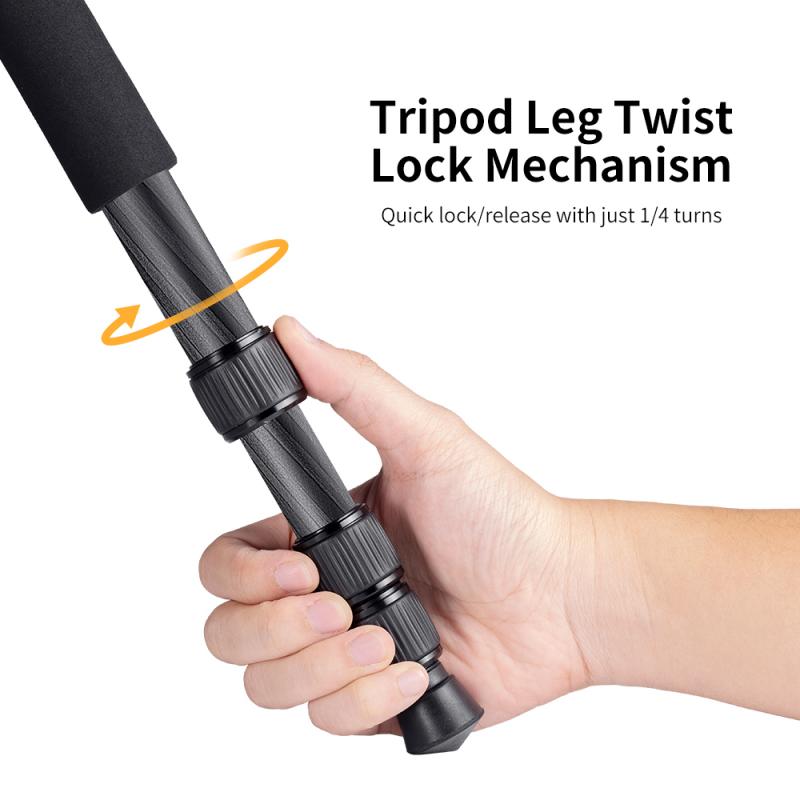
2、 Factors affecting the maximum distance of wireless camera transmission
Factors affecting the maximum distance of wireless camera transmission can vary depending on several key elements. These factors include the frequency range used by the wireless camera, the power output of the camera, the presence of obstacles or interference, and the quality of the wireless signal.
Wireless cameras typically operate within specific frequency ranges, such as 2.4 GHz or 5.8 GHz. The frequency range used can impact the maximum distance the camera can transmit. Higher frequency ranges, such as 5.8 GHz, generally have shorter transmission distances compared to lower frequency ranges like 2.4 GHz. However, advancements in technology have allowed for improved transmission distances even within higher frequency ranges.
The power output of the wireless camera is another crucial factor. Cameras with higher power output can transmit signals over longer distances. However, it is important to note that increasing the power output may require compliance with regulatory guidelines and licensing requirements.
Obstacles and interference can significantly affect the maximum distance of wireless camera transmission. Walls, buildings, and other physical barriers can weaken the signal and reduce the transmission range. Additionally, interference from other wireless devices operating in the same frequency range can also impact the camera's transmission distance.
The quality of the wireless signal is another critical factor. Factors such as signal strength, signal-to-noise ratio, and signal stability can influence the maximum distance of transmission. Advancements in wireless technology, such as the use of multiple antennas and signal processing techniques, have improved signal quality and extended transmission distances.
It is important to note that the maximum distance of wireless camera transmission can vary greatly depending on these factors. In ideal conditions, wireless cameras can transmit signals up to several hundred feet. However, in real-world scenarios with obstacles and interference, the effective transmission distance may be significantly shorter.
It is worth mentioning that ongoing advancements in wireless technology continue to improve the maximum distance of wireless camera transmission. For instance, the introduction of Wi-Fi 6 (802.11ax) offers increased data rates and improved range, potentially enhancing the transmission distance of wireless cameras.
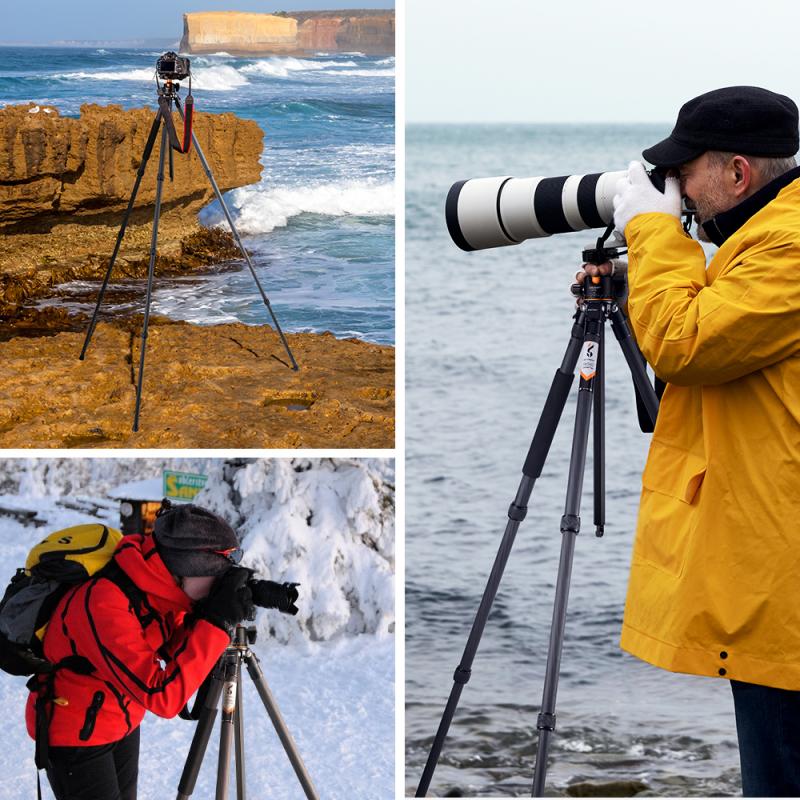
3、 Latest advancements in wireless camera transmission range capabilities
The transmission range of wireless cameras has significantly improved over the years due to the latest advancements in technology. Previously, wireless cameras had limited range capabilities, often restricted to a few hundred feet. However, with the latest developments, wireless cameras can now transmit signals over much greater distances.
The range of wireless camera transmission depends on various factors such as the type of camera, the frequency it operates on, the presence of obstacles, and the quality of the signal. In general, wireless cameras can now transmit signals up to several hundred feet or even a few miles in optimal conditions.
One of the latest advancements in wireless camera transmission range capabilities is the use of higher frequency bands. Traditional wireless cameras operated on the 2.4 GHz frequency, which had limited range and was susceptible to interference from other devices. However, newer cameras now utilize higher frequency bands such as 5 GHz, which offer better range and less interference.
Furthermore, advancements in antenna technology have also contributed to improved transmission range. High-gain antennas can amplify the signal strength, allowing for longer distances between the camera and the receiver. Additionally, the use of directional antennas can focus the signal in a specific direction, increasing the range even further.
It is important to note that the actual transmission range may vary depending on the specific camera model and the environment in which it is used. Obstacles such as walls, trees, or other structures can weaken the signal and reduce the effective range. Interference from other wireless devices or electromagnetic interference can also impact the transmission range.
In conclusion, the latest advancements in wireless camera transmission range capabilities have significantly improved the distance over which signals can be transmitted. With the use of higher frequency bands, improved antenna technology, and other innovations, wireless cameras can now transmit signals over several hundred feet or even a few miles in optimal conditions. However, it is essential to consider the specific camera model and the environment to determine the actual transmission range.
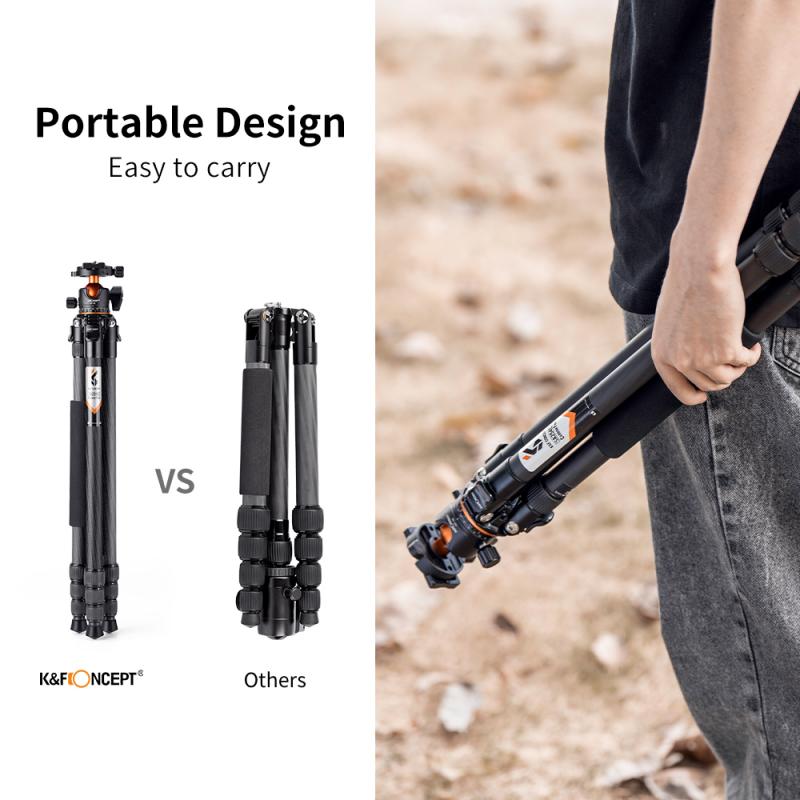
4、 Understanding the effective range of wireless camera systems
Understanding the effective range of wireless camera systems is crucial when considering their deployment for surveillance or monitoring purposes. The range of wireless cameras can vary depending on several factors, including the type of camera, the environment, and any potential obstacles that may interfere with the signal.
In general, wireless cameras can transmit video and audio signals up to a certain distance from the receiver. The range can typically range from 100 to 500 feet, but it can be extended with the use of additional equipment such as signal boosters or wireless repeaters. However, it is important to note that the effective range can be significantly reduced if there are obstacles in the transmission path, such as walls, trees, or other structures.
The latest advancements in wireless camera technology have led to the development of cameras with longer transmission ranges. Some high-end wireless cameras can transmit signals up to 1000 feet or more, allowing for greater flexibility in camera placement. Additionally, newer wireless camera systems often utilize advanced signal processing techniques and improved antenna designs to enhance the signal strength and range.
It is also worth mentioning that the effective range of wireless cameras can be affected by the frequency band they operate on. For instance, cameras operating on the 2.4 GHz frequency band may experience interference from other devices such as Wi-Fi routers or cordless phones, which can limit their range. On the other hand, cameras operating on the 5 GHz frequency band may offer better range and less interference, but they may have limitations in terms of wall penetration.
In conclusion, the effective range of wireless cameras can vary depending on various factors. While the general range is around 100 to 500 feet, advancements in technology have led to cameras with longer transmission ranges. However, it is important to consider the environment and potential obstacles that may affect the signal strength and range of wireless camera systems.
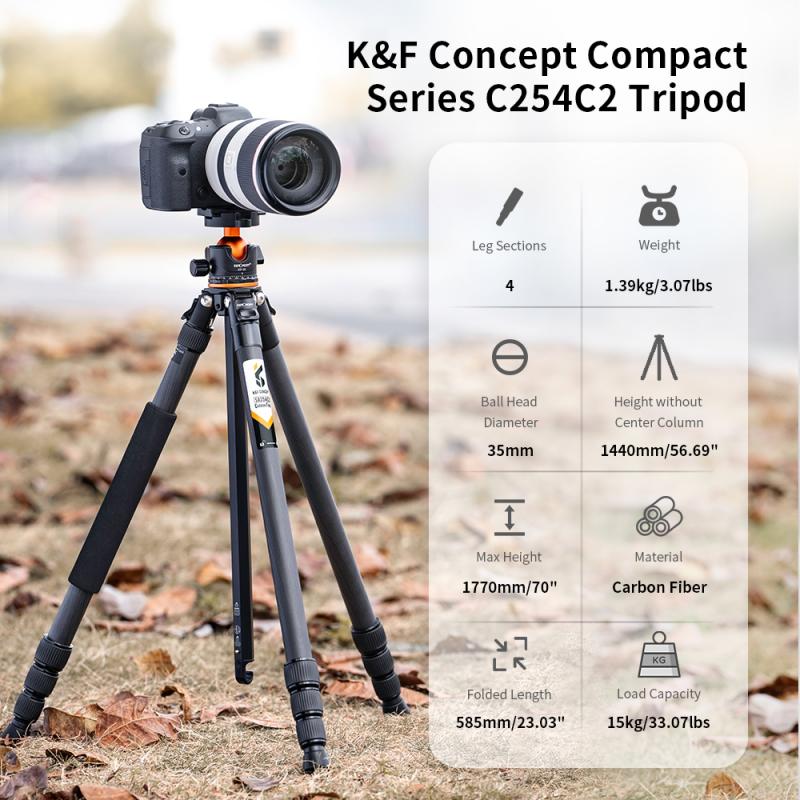



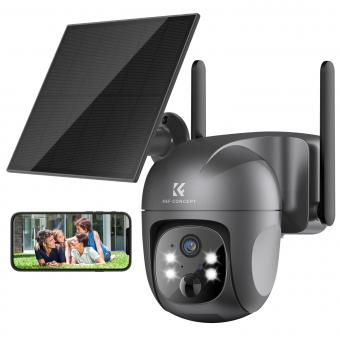









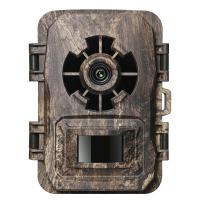






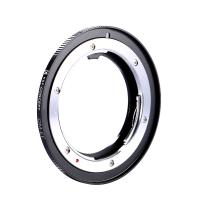

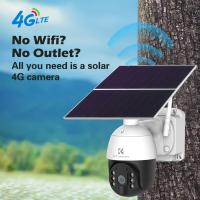
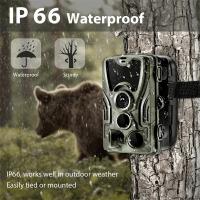

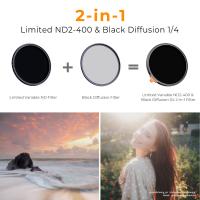



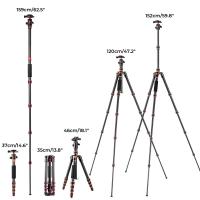
There are no comments for this blog.